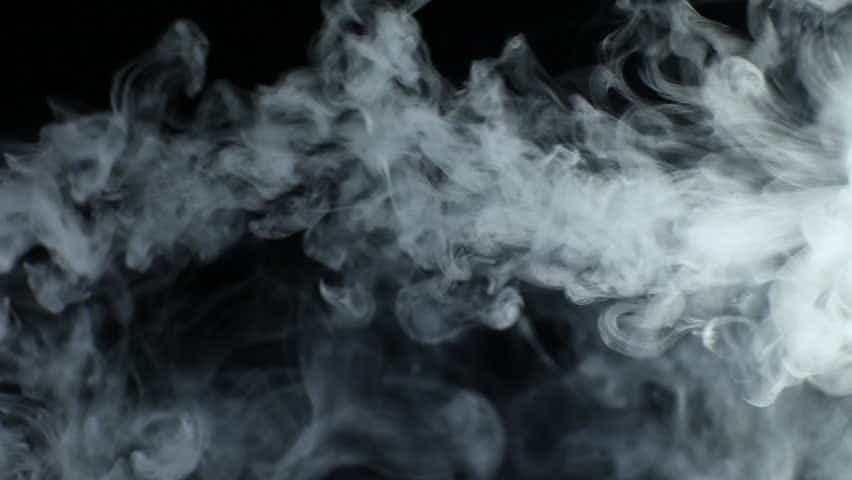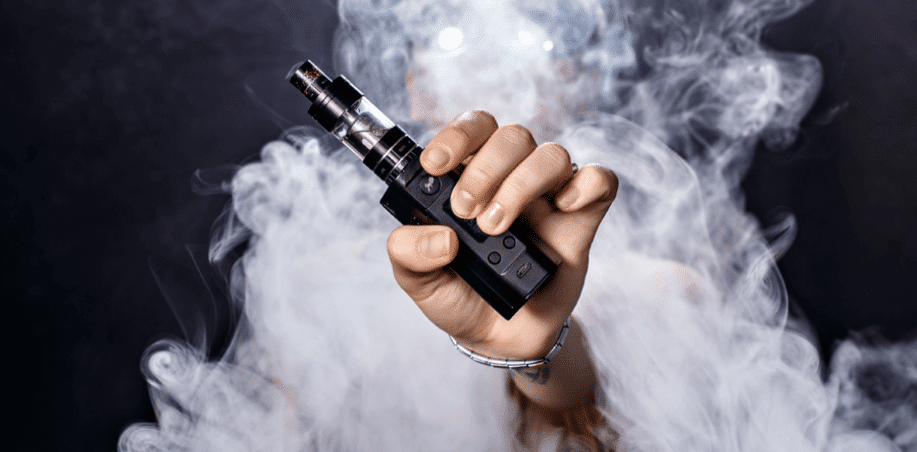Smoking E-Cigarettes — also known as vaping — has taken the world by storm in recent years. It has become a commonly accepted alternative to traditional smoking and aid for smoking cessation.
E-Cigarettes are a battery-powered apparatus that heat a diluted nicotine solution. The heating process creates a vapor, which is inhaled in the same fashion as cigarette smoke. Vaping does not require fire, nor does it produce smoke or ash. The steam quickly dissipates and has significantly fewer chemicals than cigarettes.
Nicotine solution referred to as E-Liquid, comes in a variety of forms and flavors. Here’s what you need to know when choosing the option that is right for your electronic cigarette.
IMAGE: THE BACHELOR
The Two Types Of E-Liquid
The primary form of liquid used to dilute nicotine and create a vapor solution in E-Cigarettes is propylene glycol. Propylene glycol is a colorless, synthetic, organic compound, classified by the chemical formula C3H8O2. This form of liquid was originally suggested be the original inventor of the smokeless cigarette, Herbert Gilbert, and remains the industry standard today.
The main benefit of propylene glycol is that it doesn’t result in a sticky buildup in the smoking apparatus. As it is both odorless and tasteless, it does not impact the flavor. On the negative side, propylene glycol can create feelings of an extremely dry mouth and throat with excessive use. Certain individuals have reported allergic reactions or sensitivities to this compound. Those who have such an issue are advised to stop use immediately and switch to vegetable glycerin.
Vegetable glycerin is the other main form of E-Liquid used in E-Cigarettes. Unlike propylene glycol, vegetable glycerin has a sweet note that may interact with the chosen flavor. Due to the increased viscosity, this E-Liquid can result in a quicker buildup. Vaping enthusiasts choose vegetable glycerin as it has less of a throat hit– making it less potent to smoke– and more of a vapor effect. There are also fewer allergic reactions than with propylene glycol.
Which Is Better?
In the debate of propylene glycol versus vegetable glycerin E-Liquids, there is no clear answer. If your goal is to quit smoking and experience a strong throat hit of nicotine, you’ll want to choose propylene glycol. If you prefer a lighter touch and like the showmanship of vapor puffs, choose vegetable glycerin; it’s all based on personal preference. You can even mix the two if you so choose.
Nicotine
The other component of E-Liquid is, of course, nicotine. Nicotine is the active ingredient in cigarettes that keeps smokers coming back for more. The idea of an E-Cigarette is to provide a safer method of getting nicotine, without the 4,000 chemicals added to commercial cigarettes, similar to nicotine gum.
Nicotine in the E-Liquid solution is measured in milligrams. The concentration in the solution varies depending on the brand and offering. You can purchase E-Liquids ranging anywhere from 0mg of nicotine to 24mg. Thus far, the measurements aren’t monitored by regulatory bodies, so this range could change at any time. Commercial cigarettes range from an average of 10mg-20mg of nicotine per cigarette, though significantly less is absorbed by the human body.
Flavors
Last but not least are the added flavors in the E-Liquid that enhance the vaping experience. If you can think of a palatable flavor, it is likely that you can buy an E-Liquid capturing its essence. Fruit, vanilla, spices, tobacco, and even grape soda are just a few of the popular E-Liquid offerings. Try them, mix them, and create a blend that speaks to you.
When you find an E-Liquid you enjoy, be sure to store it in a cool, dry place. Purchase from a reputable provider and avoid fillers. Happy vaping.
If you are interested in even more lifestyle-related articles and information from us here at Bit Rebels then we have a lot to choose from.


COMMENTS